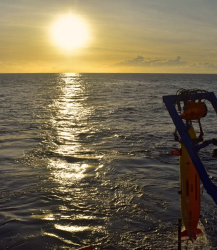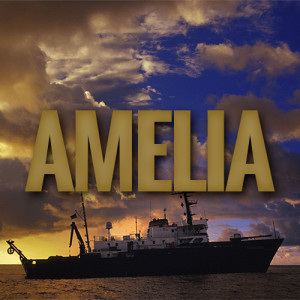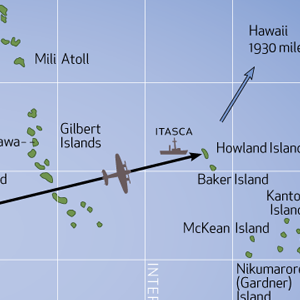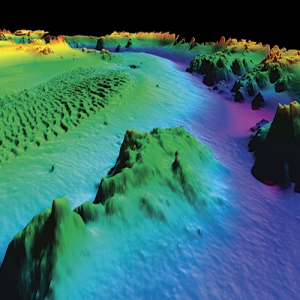Central Pacific Edition
Spring on the Mermaid
Declination: Zero!

While much of the United States digs out from under a blanket of late winter snow, spring has sprung on the Mermaid. Under azure blue skies filled with puffy clouds and gentle east winds, we survey our way into the new season.
The vernal equinox (vernal meaning “spring” and equinox meaning “equal nights”) is when daytime is exactly as long as the night. There is another one in the fall. If we’re still out here at that time, I’ll be sure to write to you again. This is the one day of the year in which the sun makes a northerly crossing of the Equator. This means that for one instant, the sun will be directly overhead on the Equator at a predicted time and location. Its declination (angular distance from the celestial equator) will be zero degrees. Let’s look into that. The resource needed is a book cal led the Nautical Almanac. It’s a required publication carried on all commercial vessels. Published by a number of sources, it amounts to a directory of the stars, sun, moon and planets in our solar system and their location addresses at any point in time and for any location on earth during the year. Navigators use this information when they make celestial observations of these bodies. Certainly Fred Noonan used it when he and Amelia Earhart navigated their way around the world.
For the sun at equinox, we know that its location is on the Equator, but when and where on the Equator? We have to go to the Nautical Almanac.
Open the book to any page. On the right hand page is a column for the sun. The information is tabulated for each day and hour of the year. The equivalent of latitude for the sun is called declination. Declination changes with time due to the earth’s orbit around the sun and the spinning on its axis. Go to the pages for the early part of the year. The sun’s declination is South in January, February and March. But it is getting less south each day. So we look for the day of the crossing, and it occurs in March. Now observe that declination changes from south to north on March 20th. It occurs exactly between the hours of 10 and 11 Greenwich Mean Time. So we can see that at 1030 GMT on March 20 the equinox occurs. In local time on the Mermaid (-11), that’s March 19th at 2330, just before midnight tonight.
 But wait there’s more. What about where it occurs? It is only on the Equator for an instant as it moves northward. Back to the Nautical Almanac, back to the page for March 20th, back to the column for the sun, back to the hours 10 and 11. There is an equivalent for the sun’s longitude call GHA, Greenwich Hour Angle. This is the angle starting at Greenwich that sweeps westward, counterclockwise looking down from the North Pole. GHA is tabulated for each hour. We can see at 10 GMT, GHA is 328 degrees 8.8 minutes, 328° 08.8’. At 11 GMT, GHA has increased to 343° 09.0’. By simple mathematical interpolation, the GHA for 1030 would be exactly in the middle, 335° 38.9’. A GHA angle of this amount is the same as measuring longitude east or west. In this case, we would measure it to the west of Greenwich 24° 21.1’W longitude. Where’s that?
But wait there’s more. What about where it occurs? It is only on the Equator for an instant as it moves northward. Back to the Nautical Almanac, back to the page for March 20th, back to the column for the sun, back to the hours 10 and 11. There is an equivalent for the sun’s longitude call GHA, Greenwich Hour Angle. This is the angle starting at Greenwich that sweeps westward, counterclockwise looking down from the North Pole. GHA is tabulated for each hour. We can see at 10 GMT, GHA is 328 degrees 8.8 minutes, 328° 08.8’. At 11 GMT, GHA has increased to 343° 09.0’. By simple mathematical interpolation, the GHA for 1030 would be exactly in the middle, 335° 38.9’. A GHA angle of this amount is the same as measuring longitude east or west. In this case, we would measure it to the west of Greenwich 24° 21.1’W longitude. Where’s that?
This happens to be a point on the Equator located in the middle of the Atlantic Ocean. What is near it? It’s about equal distant from two prominent points of land: the eastern elbow of Brazil, close to Natal, and the western elbow of Africa, close to Dakar. Does that ring a bell? Those were the starting and ending points for Amelia Earhart’s crossing of the Atlantic on her Around the World Flight attempt. Small world, isn’t it?
— Spence King



